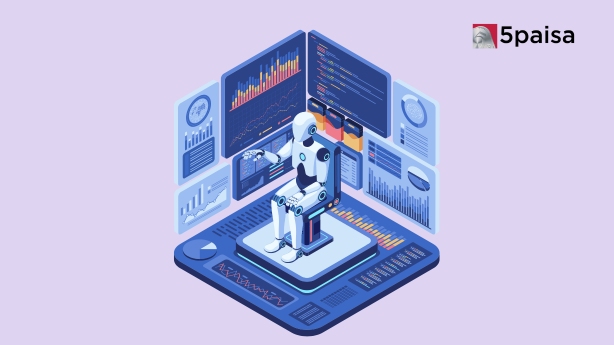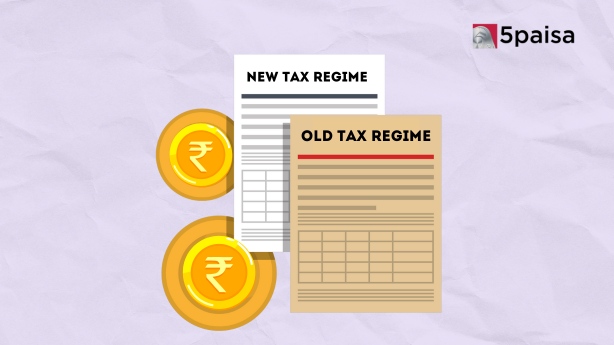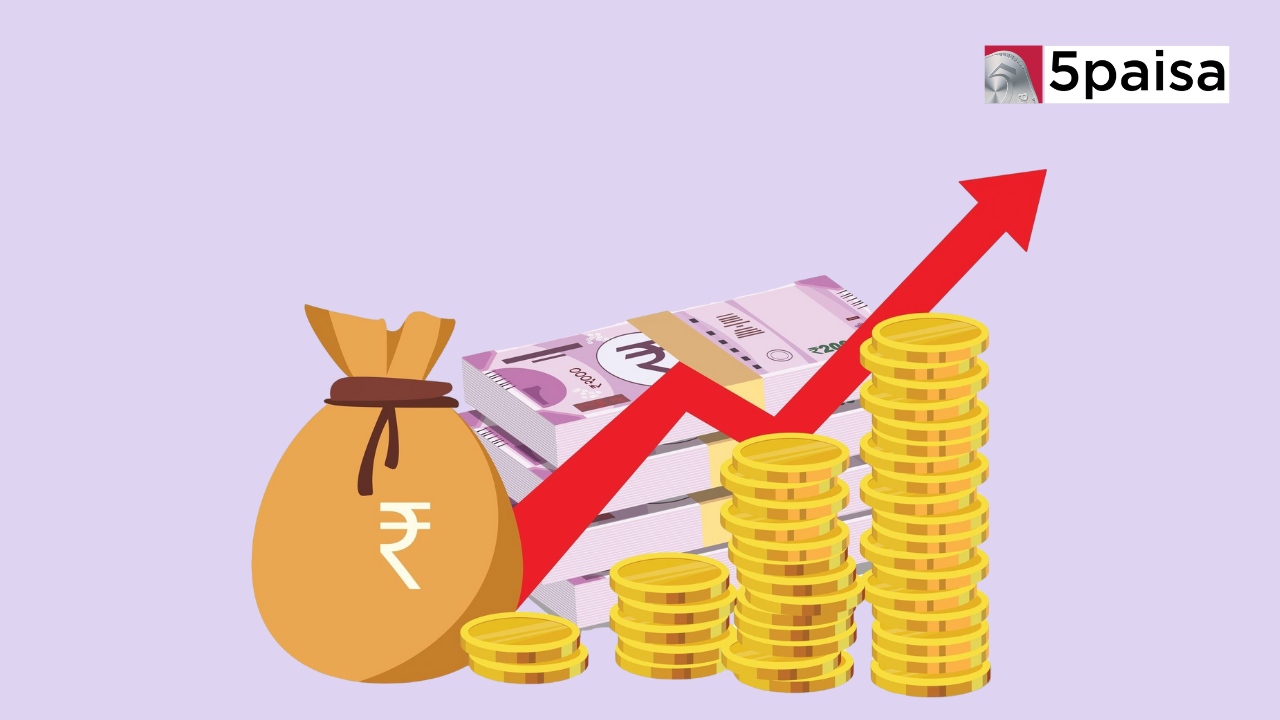3 Technologies Disrupting Finance in 2025: AI, Blockchain & Big Data Revolution
5 Mantras for Call Option

1. Right and obligation: A call option is a derivative that derives value from an asset, that could be a stock, bond, commodity or any other asset. It gives the purchaser the right, but not the obligation to purchase the asset at a specified price on expiry. The seller, however, has an obligation to sell the asset if the purchaser exercises his right at expiry. For this right, the purchaser pays the seller a fee called premium.
2. Premium: A call option’s premium is made up of two portions: Intrinsic Value and Time Value. The call option is at least worth the difference between the specified price (strike price) and the current market price, if the current market price is higher, this is the intrinsic value of the call option. It is positive or zero. Time value is the balance of the premium – it is attributable to the time remaining until expiry. This portion of the value keeps decreasing as the option approaches expiry.
3. Asymmetric Payoff: The payoff for an investor purchasing or selling a call option is asymmetric. An investor purchasing a call option will only exercise the call if it is profitable, thus his profit is potentially unlimited but his loss is limited to the premium paid to acquire the call option. For an investor selling a call option, it is the opposite. He will have to fulfil the contract if it is profitable to the purchaser and thus his potential loss is unlimited. Whereas, if he is right and the price is unfavorable, he will only earn the premium amount, keeping his profit limited.
4. Tool for Hedging or Speculation: Just as any other derivative, Call options are a tool for hedging as well as speculation. Call options can be purchased to protect short trades. They can be sold to offset the losses from stocks owned by an investor (called covered calls). Naked calls can be purchased or sold for speculation; these can be done very cheaply. Several popular strategies such as a bull call spread, long call butterfly spread, straddle and strangle can be executed with the help of call options.
5. ITM/ATM/OTM: A call option is In the Money (ITM) if the current market price of the underlying is above the strike price of the option. It is At the Money (ATM) if the current market price of the underlying is the same as the strike price. Similarly, it is Out of Money (OTM) if the current market price is below strike price. Whether or not it is profitable will also factor in the price paid for the premium.
Log in to www.5paisa.com to start trading equities.
- Flat ₹20 Brokerage
- Next-gen Trading
- Advanced Charting
- Actionable Ideas
Trending on 5paisa
Personal Finance Related Articles
Disclaimer: Investment in securities market are subject to market risks, read all the related documents carefully before investing. For detailed disclaimer please Click here.

 5paisa Capital Ltd
5paisa Capital Ltd




